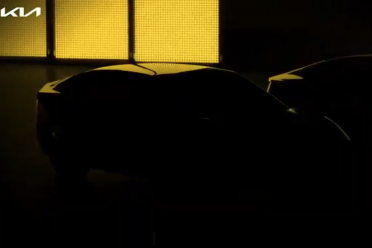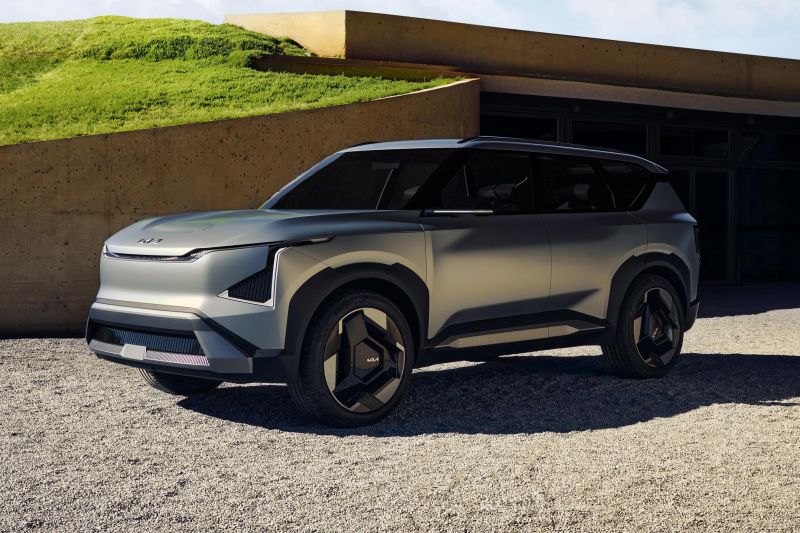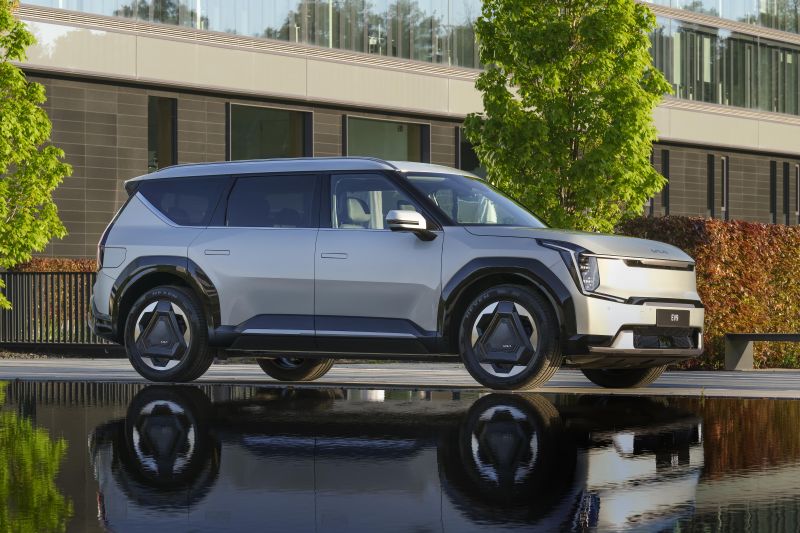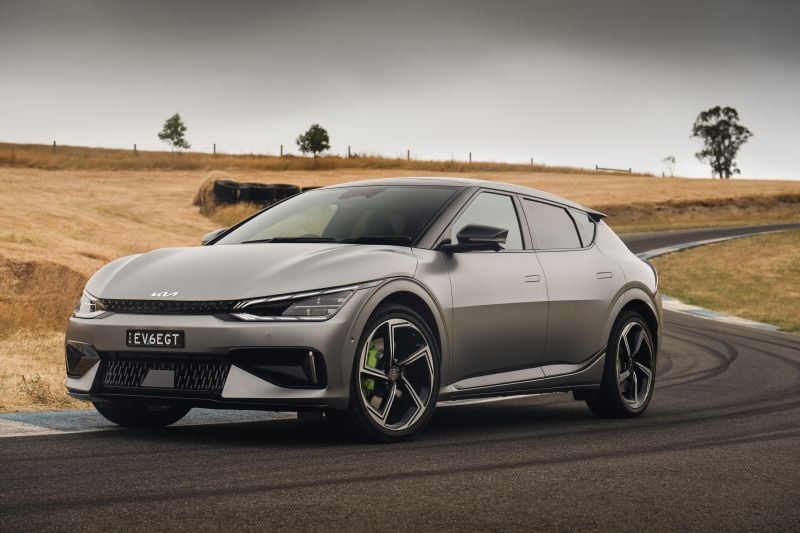Kia’s expanding line-up of electric vehicles could grow to include a city car and small crossover.
Autocar reports word from Kia Europe marketing chief David Hilbert that the brand will “have coverage in all major segments”, including passenger cars.
“All the major segments will be covered in some form [by 2027],” he said.
“We’ve got an existing model range with things like the Ceed family in the C-segment and those are important segments for us now and in the future.”
The Ceed is the European counterpart to the Cerato.
Mr Hilbert specifically mentioned the B-SUV segment in Europe and how it is now the largest segment there. It currently fields the petrol-powered Stonic, but doesn’t have a rival to similarly sized electric SUVs like the Peugeot e-2008 and Jeep Avenger.
Such a model could reportedly wear the EV3 name, and Kia has hinted it could offer everything from an EV1 all the way up to the previously revealed EV9.
In 2021, Kia teased a range of upcoming EVs including a coupe, sedan, and what looked like a light hatchback.
The EV1 nameplate could be used on an electric city car, which could give Kia a rival to entry-level EVs like the Dacia Spring and upcoming Volkswagen ID.2.
Kia has already introduced the EV6, will add the large three-row EV9 SUV this year, and has previewed the upcoming EV5 SUV which may be somewhere between the Seltos and Sportage in size.
Though the Concept EV5 was revealed in China, it’ll reportedly be offered in Europe. The production EV5 has yet to be confirmed for Australia.
Kia has already committed to launching 15 new electric vehicles globally by the end of 2027, and that it would produce “small and mid-sized EVs” from 2025 at its factory in Slovakia.
All new EVs will be available in hot GT guise.
The company had previously targeted 14 new EVs by 2027, but earlier this year it announced it was upping its investment in EVs.
It also now plans to sell one million units annually by 2026, building to 1.6 million units by 2030. These are 25 per cent and 33 per cent increases, respectively, over goals announced last year.
That means the Korean automaker expects EVs to account for 37 per cent of its overall sales, as it aims to produce 4.3 million vehicles overall in 2030 – a 10.3 per cent increase from the goal announced last year.
Include hybrids and plug-in hybrids and Kia expects electrified vehicles will account for 2.38 million units in 2030, or 55 per cent of its volume.
Kia will also produce EVs in the US, as well as small EVs in India from 2025. It says these have been optimised for both the sub-continent and other emerging markets.
The company will also build its first dedicated EV factory in Korea in 2024, and convert the production line of its Gwangmyeong factory for EV production with two models to start rolling off the line next year.
It’s aiming to lower the cost of batteries, electric motors and integrated charging systems. Its goal is to reduce the cost of batteries by 25 per cent in 2026 compared to 2018 prices, and by 70 per cent for motors and charging systems.




